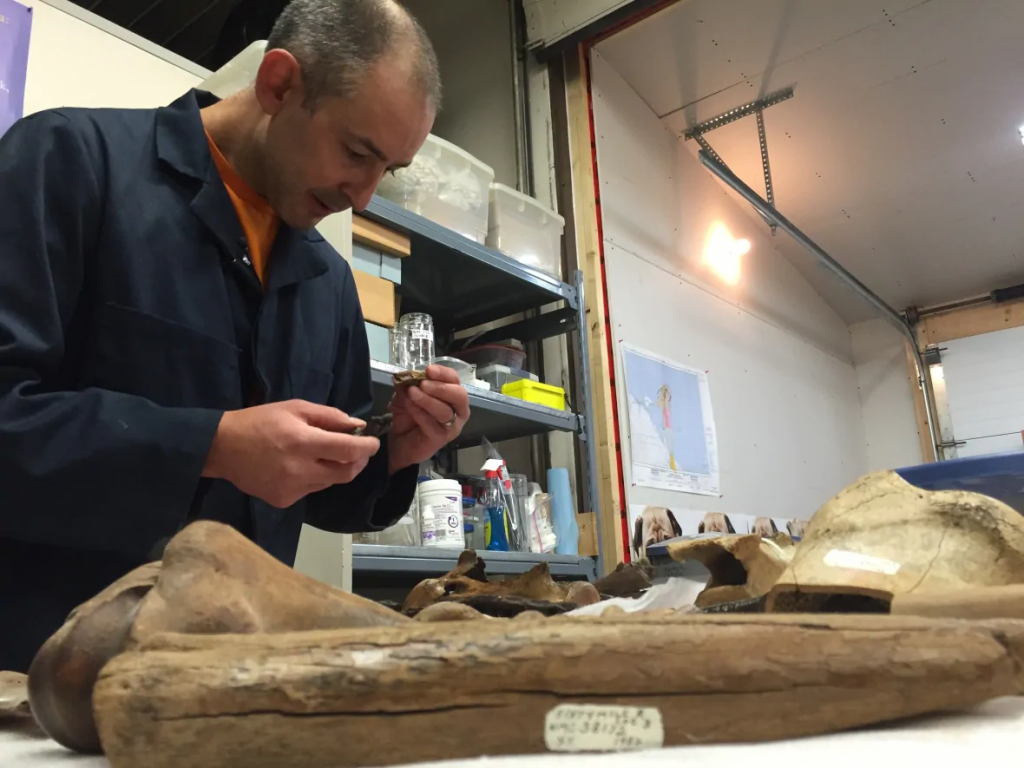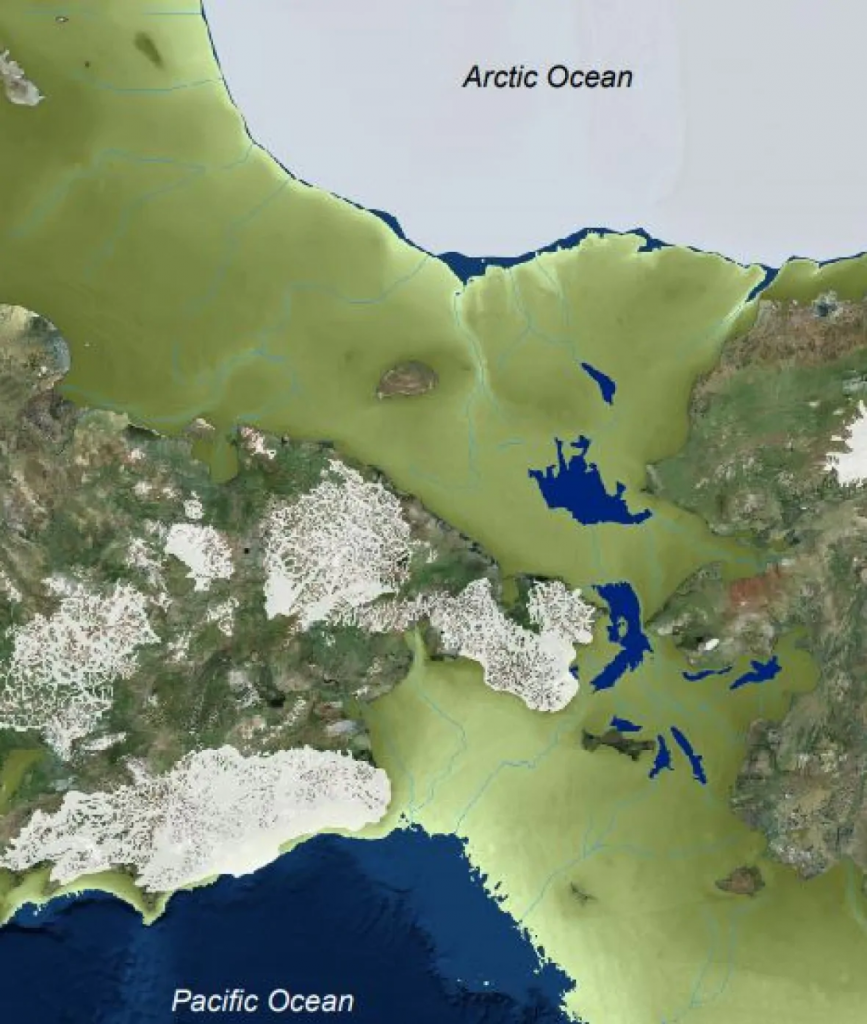Moose on the Mediterranean? Research sheds new light on where moose once roamed

If you’re trying to survive an ice age — why not decamp to Italy?
That’s what moose seem to have done thousands of years ago, according to newly-published research. The findings are based on ancient fossil samples collected across Europe, Asia and North America.
“When it got really cold during the ice age of Europe, around 25,000 years ago, they went south like a lot of people do. They went south to southern Italy,” said Yukon government paleontologist Grant Zazula, a co-author of the research paper.
“I thought that was really cool.”
That’s just one of several insights in the research paper, which surveys the fossil record to paint a more detailed picture of how ancient moose survived and ultimately thrived across the northern hemisphere.
The paper, published this month in the Journal of Biogeography, was based on 10 years of work by an international team of researchers.
Besides Italy, moose once roamed through central Japan, the Balkans, and Britain.
Zazula says the fossil record shows that the first moose in North America made their way across the Beringia land bridge from Asia about 15,000 years ago. It was the tail-end of the last ice age, and the environment was changing.

“So as the climates are warming in Europe and in Asia and the forests are coming back at the end of the ice age, populations of moose really explode,” Zazula said.
“One of the neat things about moose that we’ve learned is that they’re one of the last invasive species into North America.”
As forests replaced grasslands, wooly mammoths and other large grazing animals struggled to survive before eventually going extinct. Moose, meanwhile, took to the newly-forested landscapes — and would eventually become an emblematic species of the northern boreal landscape.
Zazula also says the research suggests that moose arrived in North America right around the same time as the first people did.

Zazula is used to studying animals that are long-extinct: mammoths, giant beavers, and scimitar cats. Digging into the fossil record of moose has been a nice change, he says.
He also hopes the research proves valuable to biologists and others who manage moose populations.
And if you’re wondering what those ancient moose might have looked like, Zazula says you don’t have to use your imagination.
With files from Elyn Jones
Related stories from around the North:
Arctic: Sea ice extent in the Arctic reaches historical low in July, Radio Canada International
Canada: Arctic’s beluga whale harvest challenged on multiple fronts in Canada, CBC News
Finland: Miners hunting for metals to battery cars threaten Finland’s Sámi reindeer herders’ homeland, The Independent Barents Observer
Greenland: Oldest Arctic sea ice vanishes twice as fast as rest of region, study shows, Eye on the Arctic
Norway: In Arctic Norway, seabirds build nests out of plastic waste, The Independent Barents Observer
Russia: Mass vaccination is underway on Russia’s Yamal tundra, The Independent Barents Observer
Sweden: Warnings in Sweden about dangerous bacteria in Baltic Sea, Radio Sweden
United States: Mass grey whale strandings may be linked to solar storms, CBC News



